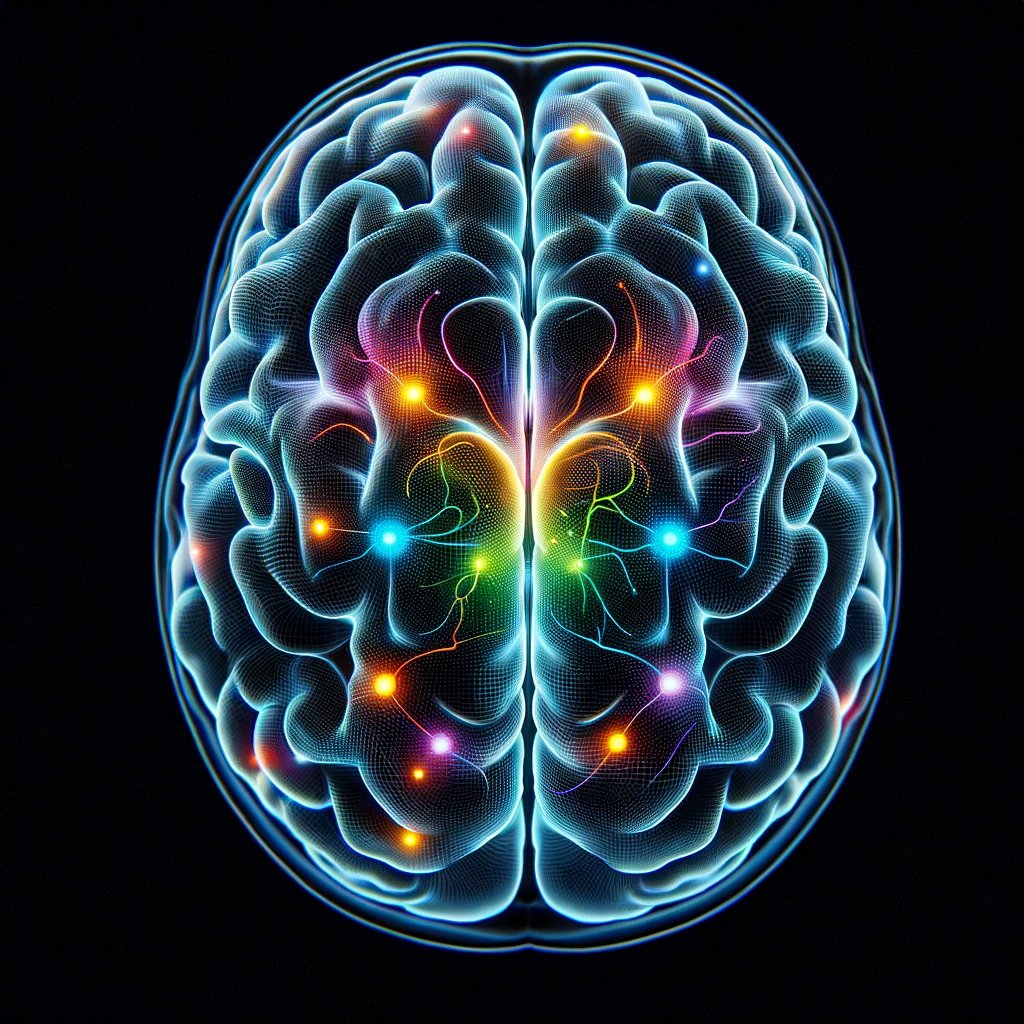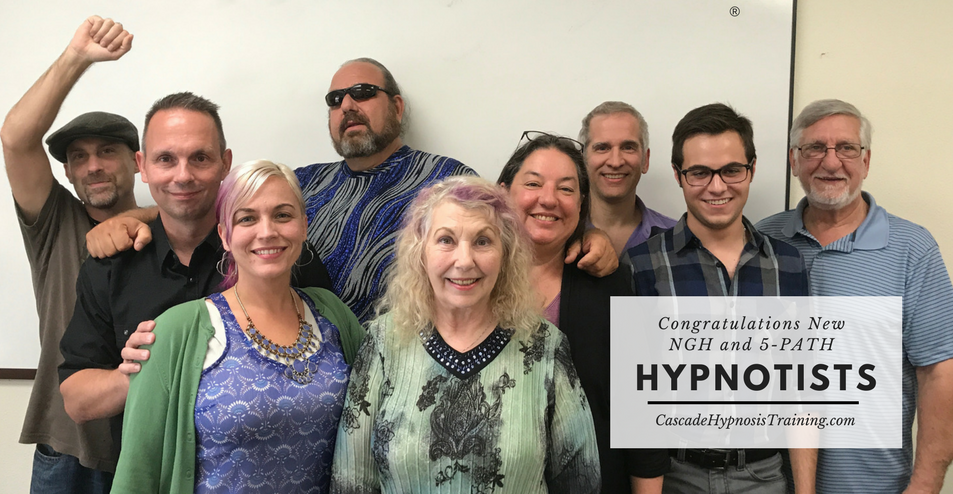Disproving Hypnosis Myths with Neuroscience
Hypnosis has a long history of being portrayed in popular culture as a mystical form of mind control or magical trance. I'm sure you've seen a movie or cartoon where a pocket watch is dangled in front of someone's eyes and then they magically do whatever is asked of them.
However, advancements in neuroscience have begun to dispel these myths, revealing the scientific foundation of hypnosis and its potential benefits. This article delves into three common myths about hypnosis, juxtaposing them against the latest neuroscientific findings to uncover the truth.
Myth 1: Hypnosis is Just a Placebo Effect
The Myth: One prevalent belief is that hypnosis is merely a placebo effect, with changes in behavior or perception occurring because individuals believe they will, rather than through any genuine alteration in brain function.
Neuroscientific Disproval: Neuroimaging studies have shown that hypnosis induces specific changes in brain activity distinct from the placebo effect. For instance, functional MRI (fMRI) studies reveal that hypnosis affects areas of the brain involved in attention, pain perception, and the processing of sensory information. Under hypnosis, the connection between the dorsolateral prefrontal cortex (DLPFC), which is involved in working memory and attention, and the insula, which monitors internal bodily states, is strengthened. This indicates a real, measurable change in brain function that goes beyond mere belief.
Myth 2: Hypnosis Can Make You Do Things Against Your Will
The Myth: A common portrayal of hypnosis in media and fiction is that it can make individuals lose control over their actions or divulge secrets against their will. Or you may see a stage hypnosis show where people are clucking like chickens in front of a crowd of people.
Neuroscientific Disproval: Research into the neural mechanisms of hypnosis shows that it is a state of heightened focus and concentration, with the individual fully aware and in control. Studies using transcranial magnetic stimulation (TMS) have demonstrated that hypnotic states do not reduce agency or self-control. Instead, they involve a voluntary shift in attentional processes, with the anterior cingulate cortex—a region associated with decision-making and social behavior—playing a crucial role in maintaining self-awareness and control. This indicates that the fear of losing control under hypnosis is unfounded.
So when you see a stage hypnosis show, those people are performing silly actions because they want to be a part of something silly. They find joy in having attention on them. The stage hypnotist is skilled at choosing volunteers that are eagerly looking to be picked rather than the person avoiding eye-contact and hoping to be skipped over.

Myth 3: Hypnosis is not Natural
The Myth: Hypnosis is not natural. It is a supernatural power or a form of magic usually used for unethical purposes.
Neuroscientific Disproval: Hypnosis is a totally natural state of being. For example, most people have experienced highway hypnosis. Highway hypnosis occurs during long drives, especially on monotonous roads, where you might find yourself arriving at your destination with little memory of the journey. Despite not consciously remembering every turn or mile, you've been able to navigate safely. This is because your conscious mind was in a relaxed, focused state, allowing your subconscious to take over the task of driving.
This phenomenon can be understood through the lens of focused attention, a hallmark of the hypnotic state. When driving long distances, especially on familiar routes, the brain can enter a state of focused yet relaxed awareness. The prefrontal cortex, responsible for decision-making and attention, works in conjunction with the automatic processing centers of the brain, allowing you to respond to traffic and navigate without conscious effort. This is akin to the hypnotic state, where focused attention enables heightened responsiveness to suggestions or tasks.
Similar states of focused attention occur when you're engrossed in a book, movie, or task, effectively tuning out external stimuli to concentrate on the subject at hand. These moments mirror the hypnotic state by demonstrating how the mind can focus intensely on one aspect while filtering out other unnecessary information.

Conclusion
Hypnosis as a concept has been around for centuries with much uncertainty about how and why it works. These uncertainties and inaccurate portrayals of hypnosis in Hollywood have created a lot of doubt about hypnosis.
Neuroscience has played a pivotal role in demystifying hypnosis, transforming it from a subject of speculation into a field grounded in scientific research. By debunking myths with empirical evidence, neuroscience not only enhances our understanding of hypnosis but also legitimizes its use as a therapeutic tool, paving the way for more nuanced and effective applications in mental health and medicine. As research progresses, the potential for hypnosis in clinical practice continues to expand, promising new avenues for healing and self-improvement.



